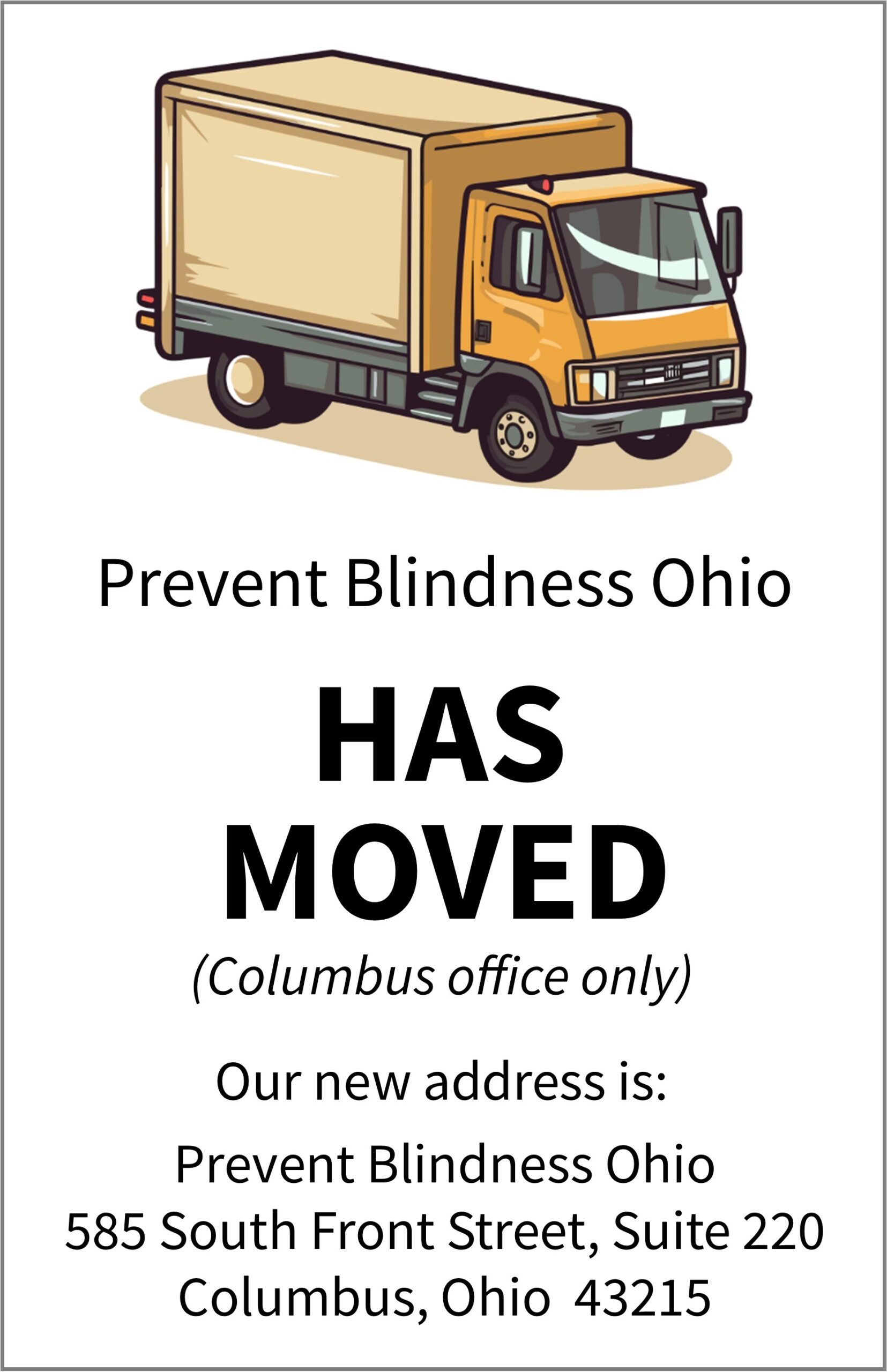FOR IMMEDIATE RELEASE
For more information:
Whitney Anderson
Prevent Blindness
Phone: (800) 301-2020 ext. 105
Email: [email protected]
Family Income, Ethnicity and Health Literacy May Affect Children’s Vision, Eye Care Access
Prevent Blindness and the National Optometric Association Declare August as Children’s Eye Health and Safety Month to Help
Make Vision Care for Kids a Priority
According to the results from the
2016 National Survey of Children’s Health, less than 70 percent of children in the United States are receiving appropriate vision screenings or eye examinations. Children are more likely to receive a vision screening/eye examination as the household income increases.
Minority children are also at increased risk of missing critical steps to ensure healthy vision. The survey found that White, non-Hispanic children are more likely to receive a vision screening or eye examination followed by Hispanics, and Black children. Children who are Native Hawaiian and Pacific Islanders have a much lower rate of preventive vision care.
Health literacy of parents and caregivers is also a factor in children’s overall health care. According to the
Pediatrics article, “
Child Health Disparities and Health Literacy,” low health literacy is a growing problem for Americans, with studies reporting 90 million adults with a limited understanding of basic health information and services. Half of all parents have difficulty reading and understanding patient education materials, and many struggle to comprehend medical advice that is critical to the care of their child- including their child’s vision health.
Prevent Blindness and the
National Optometric Association have joined their efforts to declare August as Children’s Eye Health and Safety Awareness Month to educate the public on the importance of healthy vision for all kids. Prevent Blindness provides free information on a variety of topics including amblyopia (lazy eye), strabismus (crossed eyes), recommended sports eye protection, and more on its website.
“The good news is that many vision problems in children can be treated successfully if detected early,” said Sherry Williams, President & CEO of Prevent Blindness, Ohio Affiliate. “Prevent Blindness provides free information on a variety of vision health topics for kids, and partners on many fantastic programs that provide free exams and glasses for those who qualify. We encourage the public to contact us for more details on ways to keep children’s eyes healthy.”
Prevent Blindness recommends a continuum of eye care for children that can include both vision screening and comprehensive eye exams. All children, even those with no signs of trouble, should have their eyes checked at regular intervals. Any child who experiences vision problems or shows symptoms of eye trouble should receive a comprehensive eye exam by an eye care provider (an optometrist or an ophthalmologist.)
Some children are more likely to have eye problems. A child’s doctor should be aware of the following factors that may make a child more likely to develop a vision problem:
-
The child was born prematurely
-
The child has a family history of eye problems (Issues can range from childhood cataract to lazy eye [amblyopia] to misaligned eyes or eye tumors.)
-
The child has had an eye injury (Problems resulting from childhood eye injuries may develop much later in life.)
-
The child has diabetes (Both children and adults with diabetes should have a dilated eye exam at least once a year.)
Children in these high-risk categories should be examined by an eye care provider (an optometrist or an ophthalmologist.)
In support of Children’s Eye Health and Safety Awareness Month,
OCuSOFT ® Inc., a privately-held eye and skin care company dedicated to innovation in eyelid hygiene and ocular health, will make a donation to Prevent Blindness.
For more information on
children’s eye health and safety,or financial assistance programs, please call Prevent Blindness, Ohio Affiliate at (800) 301-2020 or visit www.pbohio.org.
About Prevent Blindness
Founded in 1908, Prevent Blindness is the nation’s leading volunteer eye health and safety organization dedicated to fighting blindness and saving sight. The Ohio Affiliate of Prevent Blindness is Ohio’s leading volunteer nonprofit public health organization dedicated to preventing blindness and preserving sight. We serve all 88 Ohio counties, providing direct services to more than 1,000,000 Ohioans annually and educating millions of consumers about what they can do to protect and preserve their precious gift of sight. For more information or to make a contribution, call 800-301-2020. Or, visit us on the web at www.pbohio.org or facebook.com/pbohio.
About the National Optometric Association
The National Optometric Association (NOA) was founded in 1969 in Richmond, Virginia, as a not-for-profit corporation. The NOA is comprised primarily of minority optometrists from throughout the United States. The recruitment of minority students into the schools and colleges of optometry and their placement into appropriate practice settings upon graduation are two priorities of the NOA. Coincident with these priorities is the underlying purpose of the NOA — advancing the visual health of minority populations through the delivery of effective and efficient eye and vision care services to the minority community, a shared priority with Prevent Blindness. The NOA is committed to reducing visual impairment and blindness by increasing awareness, education, community outreach and screenings in urban areas, and partnership with the Prevent Blindness network of affiliates. More information about the NOA is available online at: http://www.nationaloptometricassociation.com/

